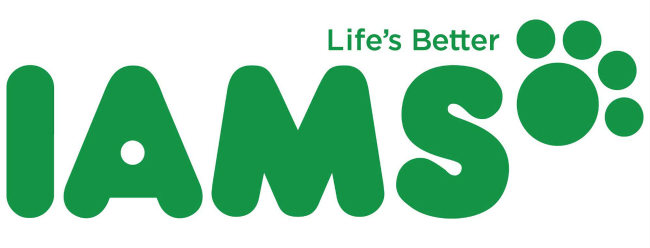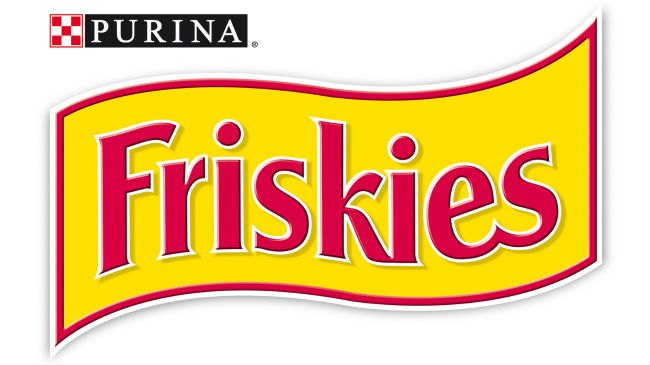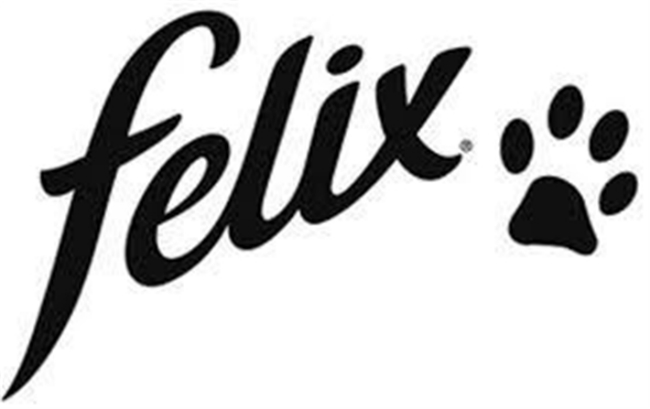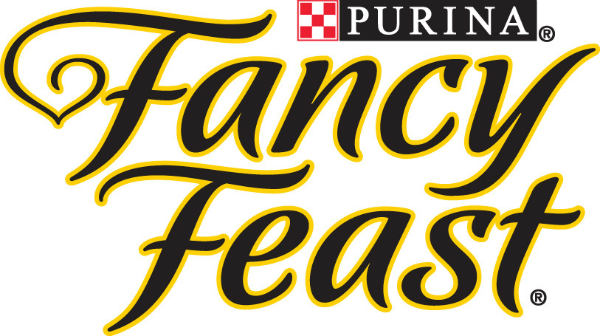Do you know that canned cat food recipes give your cat the nutrition and taste of homemade meals? These canned formulas contain broth to make mealtimes an experience to look forward to for any cat. Even so, there are numerous canned cat foods in the market today and the selection process can be demanding to say the least. Luckily, reading through cat food reviews can make selection easier.
The Iams Proactive Health Adult Premium Pate with Country Style Turkey and Giblets is one of the many canned formulas in the market today. The manufacturers of this product claim that it comes with 100% balanced nutrition. The ingredients in this canned food are claimed to be all natural and include vitamins and minerals.
Is this the most ideal canned food for your cat?
The ingredients in the formula
Poultry Broth, Chicken, Meat By-Products, Chicken By-Products, Turkey, Poultry Giblets, Natural Flavors, Rice Flour, Salt, Flaxseed Meal, Potassium Chloride, Guar Gum, Added Color, Brewers Dried Yeast, Dried Egg Product, Vitamins (Thiamine Mononitrate (source of Vitamin B1), Vitamin E Supplement, Niacin, D-Calcium Pantothenate, Pyridoxine Hydrochloride (source of Vitamin B6), Vitamin A Acetate, Vitamin B12 Supplement, Biotin, Vitamin D3 Supplement, Menadione Sodium Bisufite Complex (source of Vitamin K3), Riboflavin Supplement (Source Of Vitamin B2), Folic Acid), Minerals (Ferrous Sulfate, Zinc Oxide, Copper Sulfate, Manganese Sulfate, Potassium Iodide), DL-Methionine, Choline Chloride, Fructooligosaccharides, Taurine, Carrageenan.
An overview of the first five ingredients
Poultry Broth
The main purpose if this ingredient is to add moisture and taste to the food. It is not considered to be a nutritional ingredient, but it considered to be a better alternative to using plain water. Poultry broth is safe to use and cats usually love the taste of it.
Chicken
Chicken is a very popular ingredient for pet food and in this case, they are referring to whole chicken. This is a very high quality meat source and we are pleased to see it listed. However, whole chicken loses about 80% of its content during the cooking process since the majority of whole chicken is water. After the cooking process is complete, the amount of whole chicken remaining is substantially reduced. Therefor, while whole chicken is a great source of meat protein, this ingredient alone is not enough to provide sufficient levels of meat protein in a cats diet.
Meat By-Products
This is about the lowest quality meat product that can be included in any cat food. We are very disappointed to see this ingredient listed. Meat By-Products are parts of slaughtered animals including the lungs, spleen, kidneys, brain, liver, blood, bone, partially defatted low-temperature fatty tissue, and stomach and intestines freed of their contents. In addition, meat by-products can also legally contain animals that were dead, dying, or diseased before slaughtering. Many times, animals with tumors are ground and processed, meaning, ground up cancerous tumors could legally be included in your pets food. While unlikely, it can even legally include road kill. Perhaps worst of all, this ingredient COULD include meat from euthanized cats, dogs, horses, or other animals. Meat by-product is an unnamed meat source and you never know for sure where it is coming from or what animals are being used. Also note that meat by-products are not approved for human consumption. It consists of unwanted parts only acceptable in the pet food or feed industries. This is one of the most controversial meat ingredients that could be included and there is much to be concerned about when purchasing any pet food that includes meat by-products.
Chicken By-Products
While this ingredient does provide a high amount of meat protein, this meat source is considered to be of lower quality than many other meat sources. Chicken By-Product is produced through a process of cooking, drying and separation of fats and proteins from animal carcasses. It contains a combination of meat (or cuts or parts) including lungs, spleen, kidneys, brain, livers, blood, bone, necks, undeveloped eggs and intestines. Usually, by-products are the “left overs” that can’t be used for human food consumption. The greatest fault of this ingredient is the same trait that makes it so affordable and so commonly found in pet foods. The unpredictability of what might (or might not) be included.
Turkey
As a whole meat ingredient, turkey is a fantastic source of very healthy animal based proteins. We are extremely pleased to see this ingredient listed. Unfortunately, in dry kibbles, there is not as much of this ingredient included as you might initially think. Ingredients are listed by weight prior to the cooking process and since whole turkey is about 70% moisture, the vast majority is cooked off. So while we think this is an excellent and nutritional ingredient, it does need to be complimented by other high quality meat protein ingredients when used in dry kibbles. In wet cat foods, however, this is not nearly as much of a concern.
Other ingredients in this canned cat food
Poultry Giblets
This ingredient typically includes the heart, gizzard, liver, and other visceral organs of various types of birds, most commonly the foul. Often times, the neck is included in the giblets. This is not an ingredient generally used for human consumption, but there is nothing especially harmful about this ingredient for cats since they thrive on organ meat. This provides a healthy amount of proteins, vitamins, minerals, iron, and other essential nutrients cats require for a healthy life.
Natural Flavors
While this ingredient may appear to be healthy and safe because it is “natural”, we believe this is a pretty poor quality ingredient. While it might be a harmless flavoring sprayed onto the food, natural flavors can be obtained from almost anything deemed “natural”. Not all things natural are good and some “natural flavor” sources can be downright harmful. Without being able to verify what chemicals are included into this ingredient, we feel a bit apprehensive about it.
Rice Flour
This is a grain that many cat owners are trying to avoid because it is a known allergen for many cats. The ingredient doesn’t supply much of any nutritional value, either. However, of all the grain products used in cat food, this grain has the lowest risk of causing allergies. There is also a growing risk of arsenic in rice. So far, the FDA believes the arsenic levels are low enough to be safe for humans and pets. However, you might want to read more about this, just so you are aware. Many cat food companies like to use this ingredient because it helps to make your cat feel more full and it is one of the easier grains for cats to digest. Since rice in this case is in the form of flour, that probably means it is used to help aid in the cooking process or to help give the food its consistency.
Flaxseed Meal
Flaxseeds (also called linseeds) are a rich source of micronutrients, dietary fiber, manganese, vitamin B1, and the essential fatty acid alpha-linolenic acid, also known as ALA or omega-3. The seeds come from flax, one of the the oldest fiber crops in the world. It is not only a source of healthy fat, antioxidants, and fiber; modern research has found evidence to suggest that flaxseed can also help lower the risk of diabetes, cancer, and heart disease. The health risk associated with this ingredient is low and in general, flaxseed is considered to be a beneficial ingredient for cats.
Is this an allergy causing cat food?
Judging from the ingredients used to make this cat food, this formula is unlikely to cause allergies. This is because it does not contain common allergy causing ingredients. It is, therefore, ideal for all cats, even those with food allergies.
Harmful ingredients sued in cat foods
Corn, wheat and soy – All three of these ingredients are known allergens for many cats. In addition, many cats have problems digesting these grain based ingredients. Since cats are obligate carnivores, their digestive systems are designed to digest meat and not grains. All of these ingredients will help to boost the protein percentage in cat food, but not all protein is created equally. Cats do not digest plant based proteins in the same way as meat proteins and in fact, gain little to no nutritional value from these grains. Several “grocery store brand” cat foods include these products to keep the price down as it is a cheap filler to help make your cat feel full as well as a cheap way to add protein to the food.
Artificial color and preservatives – Artificial preservatives are a group of chemical substances added to food, sprayed on the outside of food, or added to certain medications to retard spoilage, discoloration, or contamination by bacteria and other disease organisms. These additives are man-made, though some do exist in some forms in nature. They are generally considered safe despite the fact that some are known to be carcinogenic and toxic. Many side effects and illnesses are related to their consumption. What’s even more unfortunate is that we are not given full information here. The label “artificial preservatives” could include any number of man-made chemical based preservatives. While it doesn’t necessarily mean this ingredient is harmful, it could be. We just don’t know which specific preservatives are being used here. Without adequate labeling and information for cat owners, we remain skeptical.
Artificial color is added to cat food for marketing purposes only. Unfortunately, there may be some evidence linking various food coloring to cancer in cats. Since this provides absolutely no nutritional benefit to your cat and can only harm your cat, we find it rather unfortunate they included it here.
Conclusion
The Iams Proactive Health Adult Premium Pate with Country Style Turkey and Giblets (wet) cat food is a quality cat food. This cat food contains healthy ingredients and has no allergens. It is, therefore, suitable for all cats.






